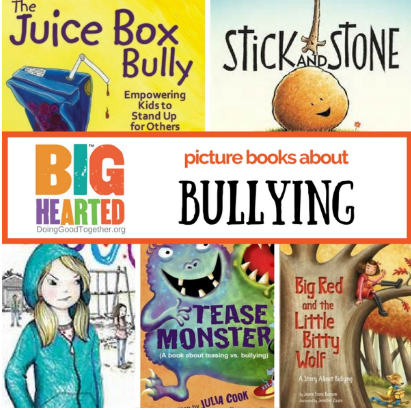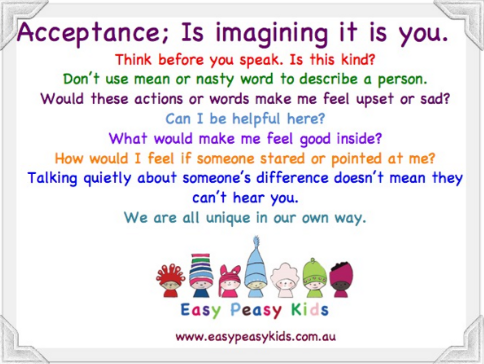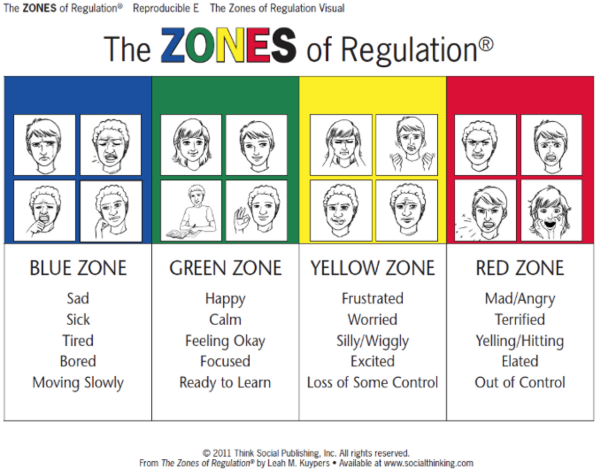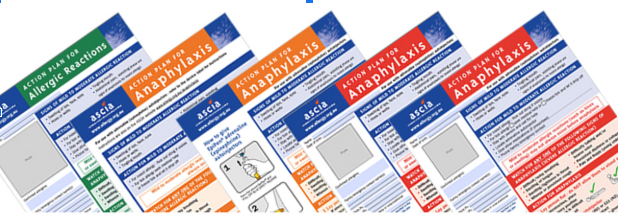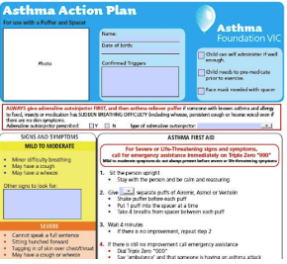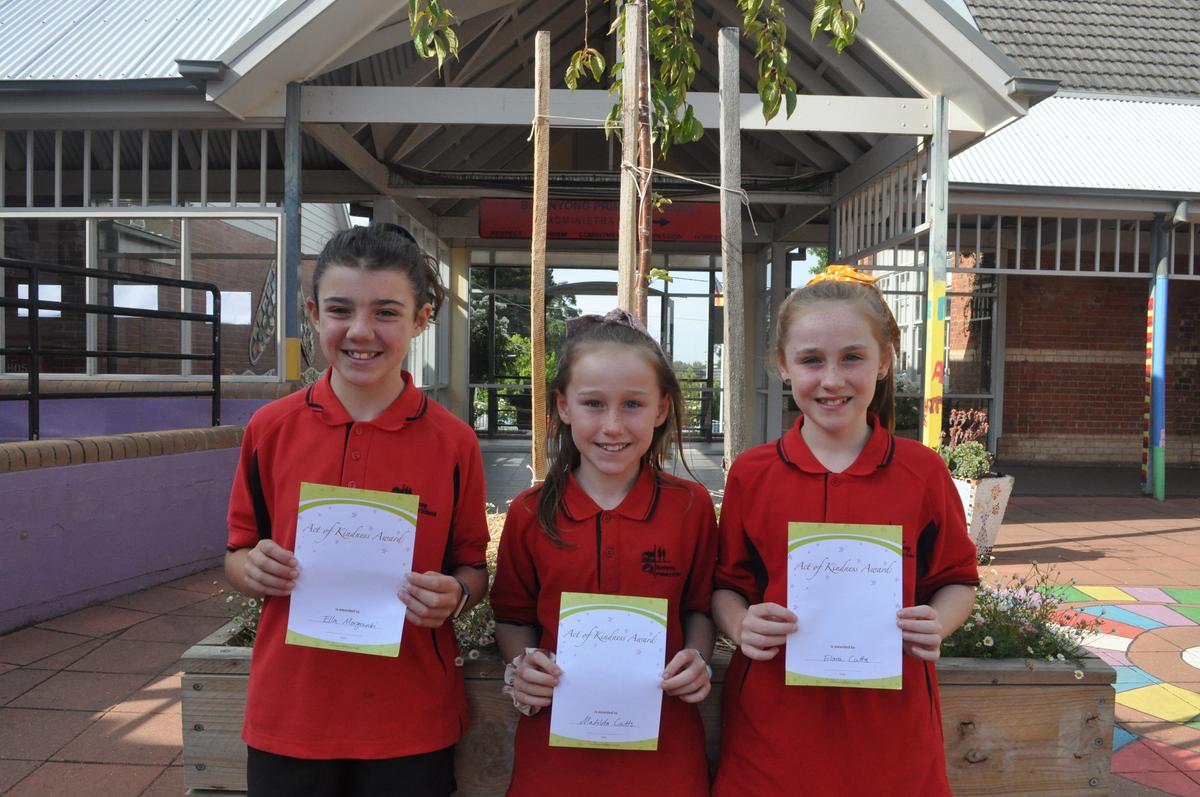Engagement and Wellbeing
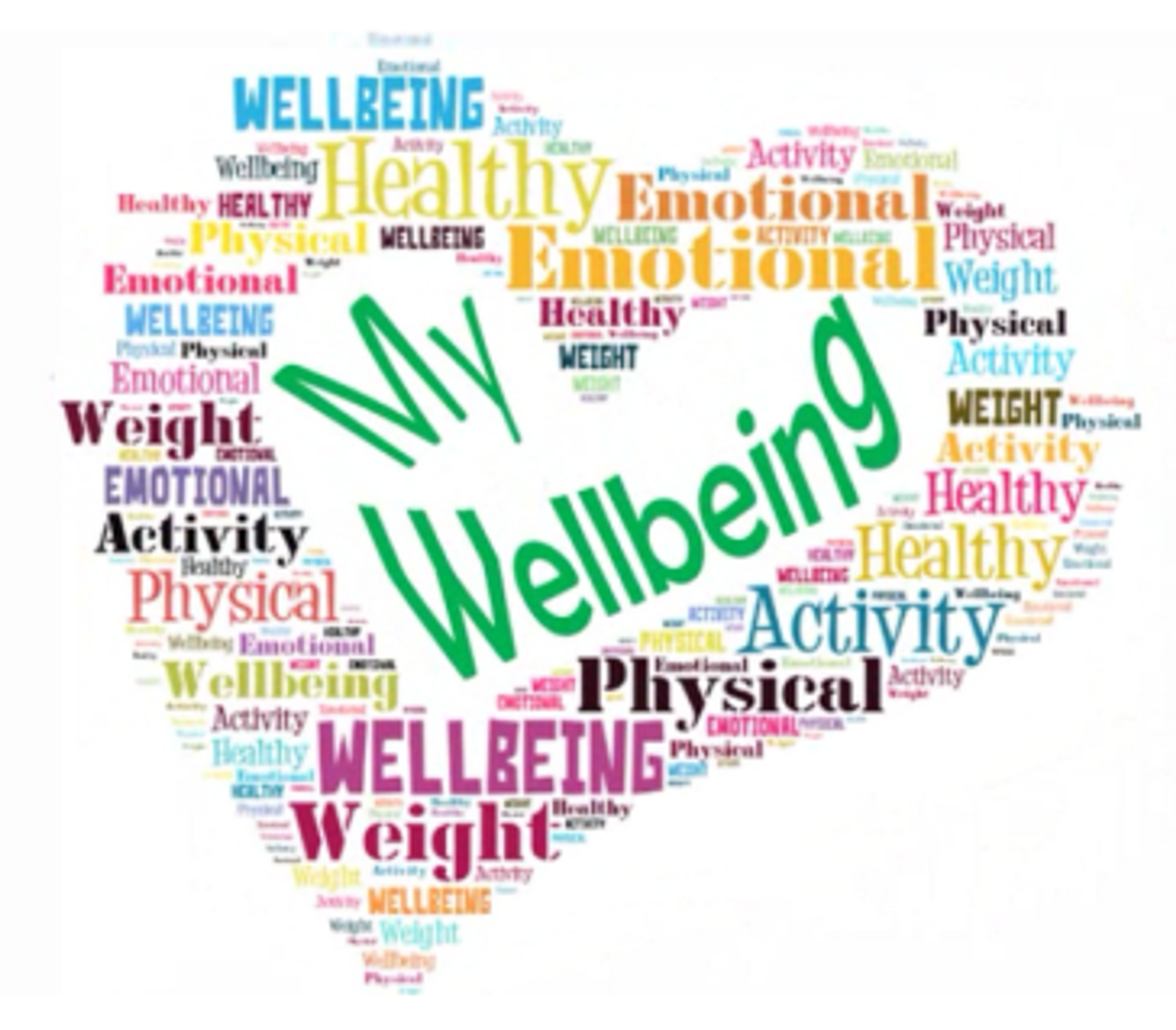
Department of Education - Privacy Information for Parents/Carers
During the ordinary course of your child’s attendance at our school, school staff will collect your child’s personal and health information when necessary to educate your child, or to support your child’s social and emotional wellbeing or health in the school context. Such information will also be collected when required to fulfil a legal obligation, including duty of care, anti-discrimination law and occupational health and safety law. If that information is not collected, the school may be unable to provide optimal education or support to your child, or fulfil those legal obligations.
For example, health information may be collected through the school nurse, primary welfare officer or wellbeing staff member. If your child is referred to a specific health service at school, such as a Student Support Services officer, the required consent will be obtained. Our school also collects information provided by parents and carers through the School Entrance Health Questionnaire (SEHQ) and the Early Childhood Intervention Service (ECIS) Transition Form.
Our school may use online tools, such as apps and other software, to effectively collect and manage information about your child for teaching and learning purposes, parent communication and engagement; student administration; and school management purposes. When our school uses these online tools, we take steps to ensure that your child’s information is secure. If you have any concerns about the use of these online tools, please contact us. School staff will only share your child’s personal or health information with other staff who need to know to enable the school to educate or support your child, or fulfil a legal obligation.
When our students transfer to another Victorian government school, personal and health information about that student will be transferred to that next school. Transferring this information is in the best interests of our students and assists that next school to provide optimal education and support to students.
In some limited circumstances, information may be disclosed outside of the school (and outside of the Department of Education and Training). The school will seek your consent for such disclosures unless the disclosure is allowed or mandated by law.
Our school values the privacy of every person. When collecting and managing personal and health information, all school staff must comply with Victorian privacy law. For more information about privacy including about how to access personal and health information held by the school about you or your child, see our school’s privacy policy: https://www.education.vic.gov.au/Pages/schoolsprivacypolicy.aspx
Throughout this notice, ‘staff’ includes principals, teachers, Student Support Service officers, youth workers, social workers, nurses and any other allied health practitioners and all other staff at our school. This includes employees, agents and service providers (contractors) of the Department, whether paid or unpaid.
Be Positive (B+) Upcoming Theme for the Kids
Next week sees the start of our B+ program being implemented across the school. Our B+ (Be Positive) Program is a key strategy in building each child’s social and emotional wellbeing through targeted themes and tailored lessons across the school. Throughout the following fortnight, students and teachers will be participating in a range of activities around acceptance and bullying, including defining what bullying actually is and how it can impact a variety of people.
To help with our aims, we encourage all parents to discuss the importance of accepting others and to explore the notion of difference (and what it can add) with their children.
If you are looking for a story to start the conversation, try one of the ones below… Hopefully they will lead to some great discussions with your child.
If you’re running short of time, you can have a chat about difference in the car and talk to your child about accepting others by putting themselves in others shoes. The following questions may help.
Zones of Regulation - A Tool to Support Emotional Regulation in Children
At Buninyong, we value helping students to regulate their emotions and each classroom has a display to help teach the students remember which zone they are in (and what they can do to regulate themselves to optimise their performance). As the year unfolds, your child will become more and more familiar with the zones and will hopefully start using them in school and at home to identify their emotional state. If you have any questions about the zones or would like any resources, please see your child’s class teacher. Below is some information that may be of use:
What are the Zones?
The Zones is a systematic, cognitive behavioural approach used to teach self-regulation by categorizing all the different ways we feel and states of alertness we experience into four concrete colored zones. The Zones framework provides strategies to teach students to become more aware of and independent in controlling their emotions and impulses, manage their sensory needs, and improve their ability to problem solve conflicts.
The Red Zone is used to describe extremely heightened states of alertness and intense emotions. A person may be elated or experiencing anger, rage, explosive behavior, devastation, or terror when in the Red Zone.
The Yellow Zone is also used to describe a heightened state of alertness and elevated emotions, however one has more control when they are in the Yellow Zone. A person may be experiencing stress, frustration, anxiety, excitement, silliness, the wiggles, or nervousness when in the Yellow Zone.
The Green Zone is used to describe a calm state of alertness. A person may be described as happy, focused, content, or ready to learn when in the Green Zone. This is the zone where optimal learning occurs.
The Blue Zone is used to describe low states of alertness and down feelings such as when one feels sad, tired, sick, or bored.
The Zones can be compared to traffic signs. When given a green light or in the Green Zone, one is “good to go”. A yellow sign means be aware or take caution, which applies to the Yellow Zone. A red light or stop sign means stop, and when one is the Red Zone this often is the case. The Blue Zone can be compared to the rest area signs where one goes to rest or re-energize. All of the zones are natural to experience, but the framework focuses on teaching students how to recognize and manage their Zone based on the environment and its demands and the people around them. For example, when playing on the playground or in an active/competitive game, students are often experiencing a heightened internal state such as silliness or excitement and are in the Yellow Zone, but it may not need to be managed. However, if the environment is changed to the library where there are different expectations than the playground, students may still be in the Yellow Zone but have to manage it differently so their behavior meets the expectations of the library setting.
What do the Zones look like?
High Risk Medical Student Meetings
Over the next 2 weeks families with students with high risk medical needs will be contacted to review and update health plans for their child. If you have a child with a high risk medical need (Anaphylaxis, Diabetes, Heart Condition, Epilepsy, etc) please be prepared to come along with updated medical advice from your health professional in order to make the plan as effective as possible. Thank you!
Asthma Plans
Please ensure your child's Asthma plan is in date
Our school is requesting that those families who have students who are at risk of Asthma, to please provide a current (2020) Asthma Action Plan from Asthma Victoria as soon as possible (in line with our school’s Asthma policy). If you have indicated that Asthma is a medical condition on your child’s enrolment, please expect to receive some correspondence soon as to ensuring all of your child’s medication and plan is in date.
Did you know?
That allergies to rye grass can make people susceptible to thunderstorm asthma? If you would like to have your child tested for asthma and allergies, you can do so by contacting UFS Bridge Mall and asking for a bulk-billed asthma allergy test.
If you are unsure of your child’s current plan and its expiry, please contact Mel in the office who can advise if you need to make any changes.
Parent Liaison Person… Are you interested in becoming the link between home and school?
At Buninyong we have our PLP program functioning with the aim of strengthening the partnership between home and school. Through various feedback forums, we also aim to increase the effectiveness of communication as well as creating opportunities for our parents and families to contribute to the broader school community.
Our teachers are now seeking the support of at least one parent to take on the role of PLP for their class. The role generally entails:
- Representing your child’s class at each of the PLP Meetings (2 per term)
- Supporting new families to connect with others in their classroom
- Assisting teachers to organise events and activities that are inclusive of all members of the classroom (Helper roster, catch ups, play dates, etc)
- Supporting major event development throughout the year.
If this is something that may interest you, please read a bit more about the program below and contact your child’s teacher as soon as possible.

